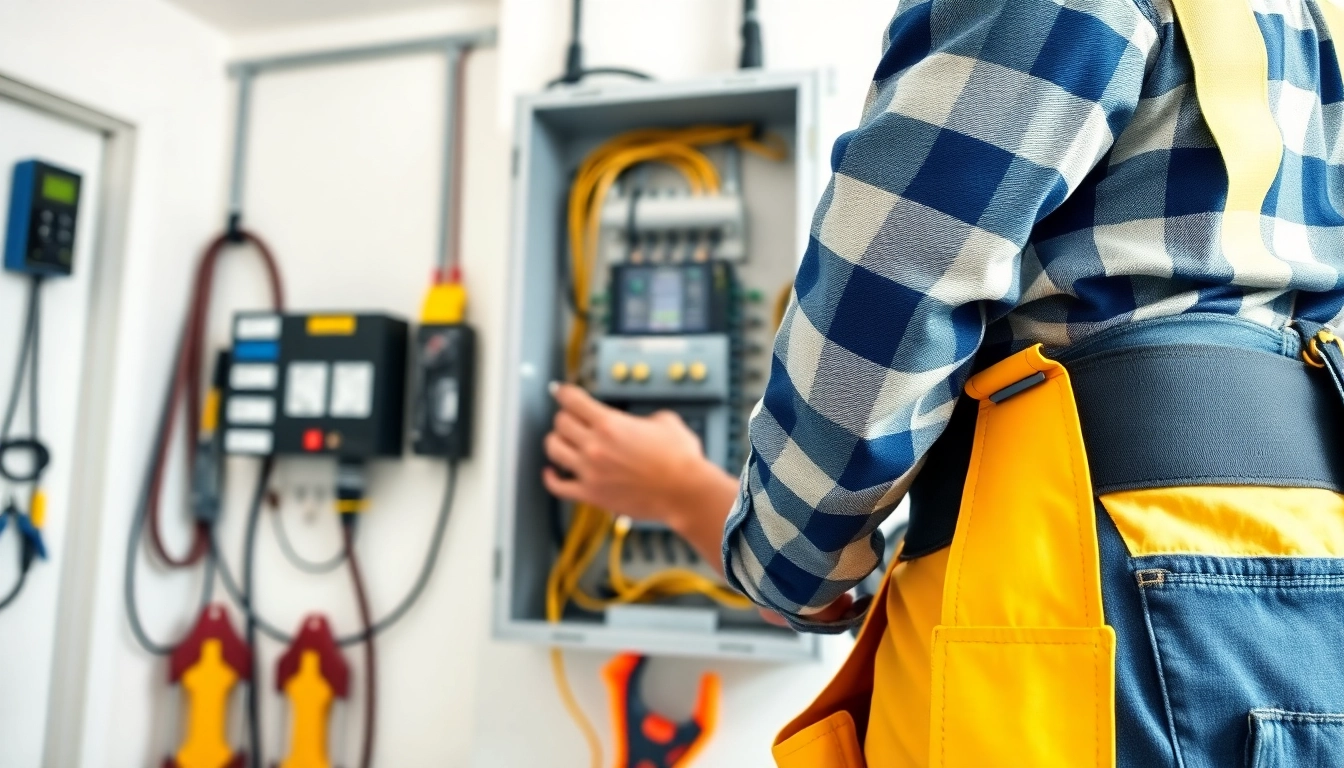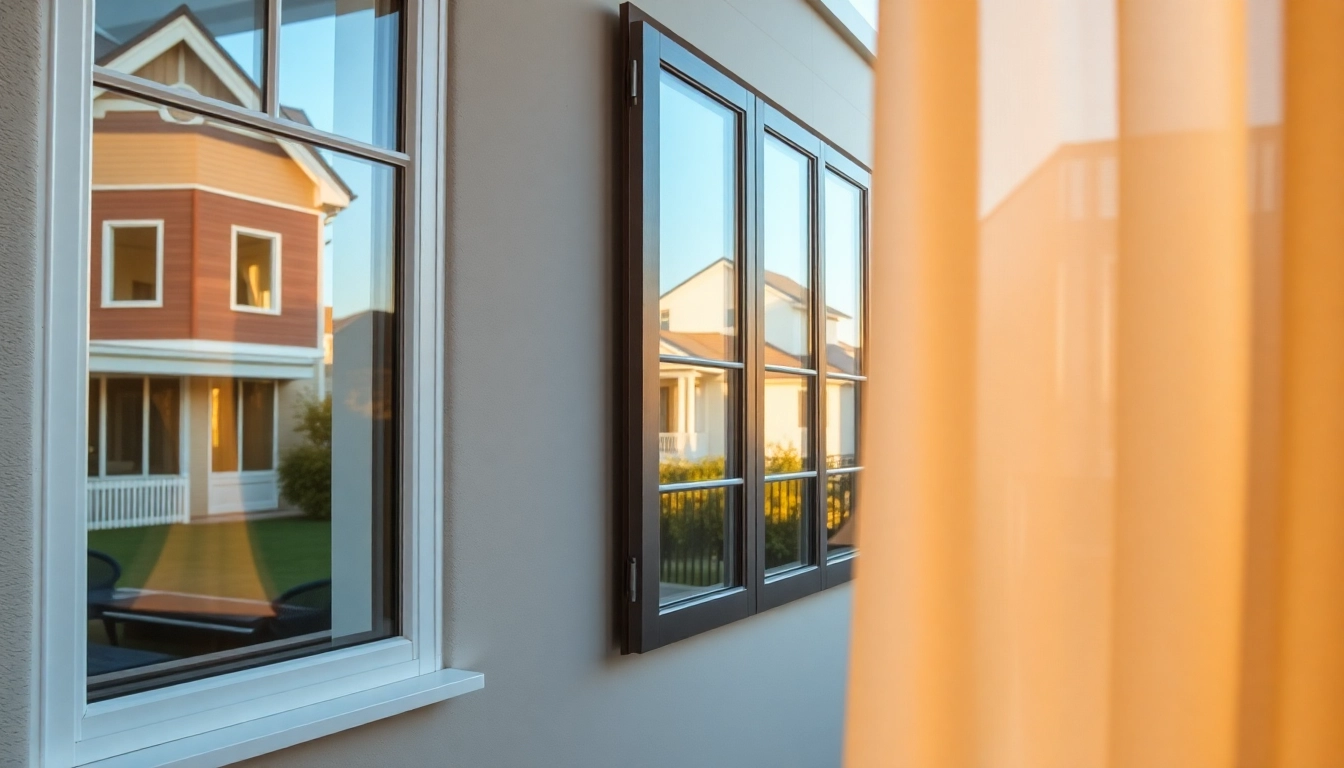What is an Electrical Panel Upgrade?
Definition and Purpose
An Electrical Panel Upgrade refers to the process of replacing or enhancing your home’s electrical panel to meet contemporary standards and increase the capacity for the demand of modern electrical devices. This component, often referred to as the circuit breaker box or distribution board, is integral in routing electricity throughout your home. As households evolve with technology, including energy-efficient appliances, smart home systems, and electrical vehicles, an upgrade becomes essential to ensure safety and efficiency.
Common Signs You Need an Upgrade
It’s crucial for homeowners to be aware of the signs indicating a panel upgrade is necessary. Some telltale signs include:
- Frequent Circuit Breaker Trips: If you find your circuit breakers tripping frequently, it could signify that the panel is outdated or overloaded.
- Increased Appliance Needs: Adding new appliances or systems, such as HVAC units or electric vehicles (EVs), may require more power than your panel can handle.
- Flickering Lights: If lights flicker or dim during appliance use, it’s a sign of inadequate capacity or faulty wiring.
- Old Panels: If your panel is more than 20 years old, it may lack the necessary safety features and capabilities of modern models.
- Burning Smell or Discoloration: Any burning smell or discoloration of the panel can point to dangerous malfunctions and should be addressed immediately.
Differences Between Amp Ratings
Electrical panels are rated in amperage (amps), a measure of the electrical current capacity they can handle. Knowing the difference between common amp ratings — such as 100, 150, or 200 amps — is essential for identifying the right panel for your needs:
- 100 Amps: Adequate for smaller homes or those with minimal electric use.
- 150 Amps: Suitable for average-sized homes with some larger appliances.
- 200 Amps: Ideal for modern households, especially those utilizing high-demand appliances like electric heat or multiple air conditioning units.
Benefits of Upgrading Your Electrical Panel
Increased Capacity for Modern Appliances
One of the primary reasons for upgrading your electrical panel is to accommodate modern appliances that require additional power. Modern technologies — from electric vehicles to energy-efficient heating systems — have higher electrical demands. By upgrading to a panel with higher amperage, homeowners can ensure sufficient power supply without overloading the system.
Improved Safety Standards
Older electrical panels often fail to meet current safety standards, which can expose homeowners to serious risks, including electrical fires and shocks. Upgrading your panel not only makes your home safer but also brings it up to code, thereby reducing liability concerns. Updated panels are equipped with enhanced safety features like arc fault circuit interrupters (AFCIs) and ground fault circuit interrupters (GFCIs).
Long-term Cost Savings
While the initial cost of upgrading an electrical panel can seem daunting — often ranging from $800 to $4,000 — the long-term savings are significant. Improved energy efficiency, fewer service calls, and the reduced risk of damage to appliances or electrical systems often outweigh these upfront costs. In addition, many regions offer rebates or tax credits for such upgrades, further enhancing financial savings.
Factors Influencing Electrical Panel Upgrade Costs
Labor Costs and Complexity of the Upgrade
The labor involved in upgrading an electrical panel can vary considerably based on local codes, the complexity of the installation, and the professional rates in your area. Some upgrades may require additional work, such as rewiring or installing new breakers, which can increase labor costs significantly. On average, labor costs for this kind of work can range from $50 to $100 per hour, depending on local market conditions.
Type of Panel and Equipment Required
Different manufacturers and models of electrical panels come with various price points. The cost will also hinge on any additional equipment needed such as circuit breakers, surge protectors, or grounding equipment. Some homeowners may opt for premium solutions with enhanced features that can increase the final cost.
Regional Pricing Variations
Pricing for electrical panel upgrades can vary widely by geographic location due to differing labor costs, local regulations, and the availability of materials. Urban areas generally command higher prices compared to rural locales. It’s advisable to obtain several quotes from licensed electricians to ensure a competitive price for your upgrade.
Steps to Plan an Electrical Panel Upgrade
Assessing Your Electrical Needs
Before commencing the upgrade process, it’s important to evaluate your household’s electrical demands. This includes considering all existing and planned appliances, any future additions, and overall power consumption trends. Tracking your usage over time can help clarify your needs, which will guide the rating of the panel you require.
Consulting with Licensed Electricians
Engaging a qualified electrician is critical in the upgrade process. They can assess your current situation, recommend the appropriate panel type and size, and ensure compliance with local codes. An electrician can also identify any underlying issues that may complicate your upgrade.
Getting Permits and Inspections
Most electrical upgrades require permits from your local municipality. Electricians typically handle this process as part of their service, ensuring that all installations are inspected and compliant with local building codes. Failing to obtain the necessary permits can lead to fines or complications when selling your home in the future.
Potential Rebates and Incentives for Upgrading
Government Tax Credits and Incentives
Homeowners who upgrade their electrical panels may qualify for government tax credits. For instance, the federal tax credit for energy efficiency upgrades can offset part of the installation costs. Moreover, specific energy-efficient equipment often falls under additional incentives, which can vary by state.
Local Utility Company Rebates
Utility companies frequently offer rebates for electrical panel upgrades, particularly if it involves energy-efficient modifications or installations that enhance grid stability. These rebates can significantly lower the overall cost of the project.
Financing Options Available for Homeowners
For homeowners concerned about the initial expense of upgrading their electrical panels, many financing options exist. Various credit options, including low-interest loans or home equity lines of credit, can provide the necessary funds for an upgrade, allowing homeowners to manage costs over time.



